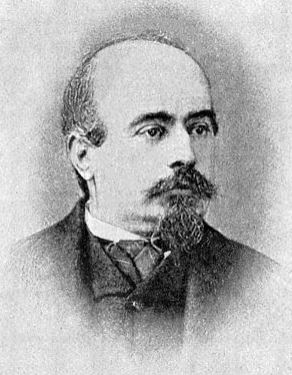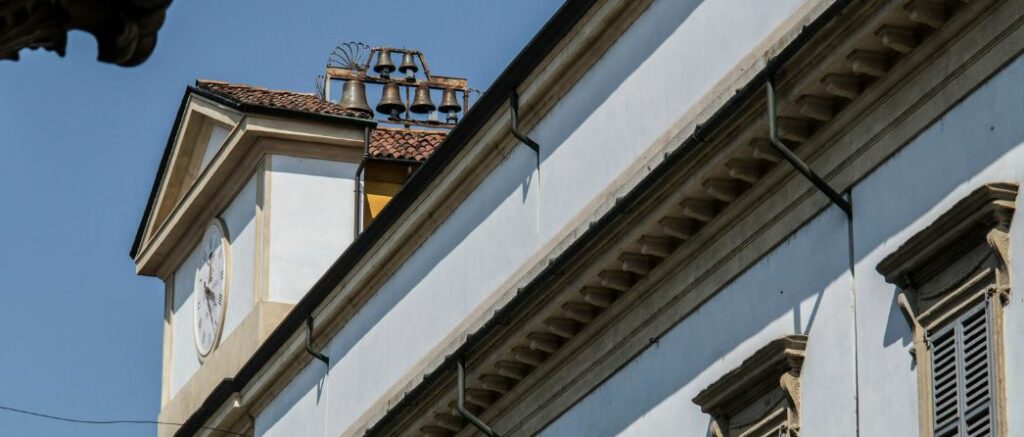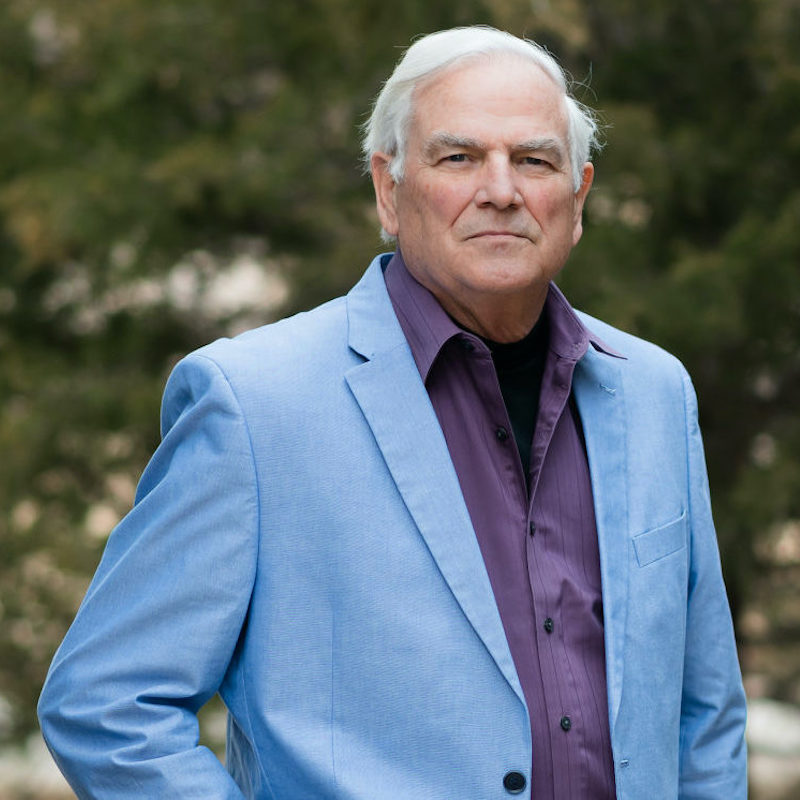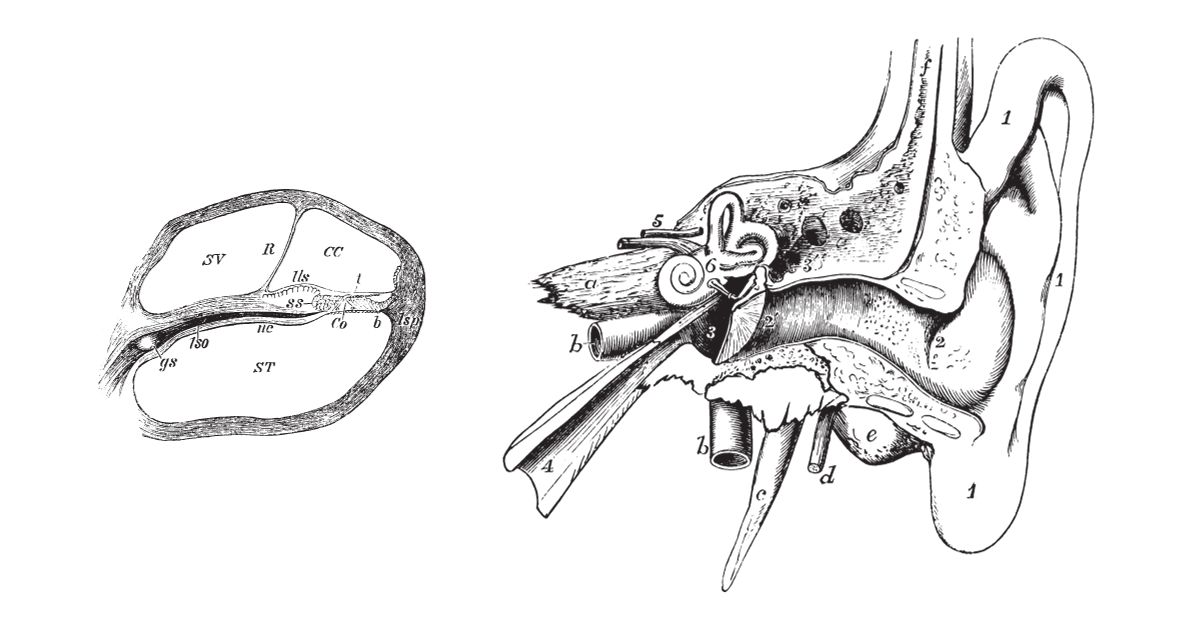This series aims to explore the pioneering anatomists and their groundbreaking discoveries that significantly contributed to our understanding of cochlear structure. When we consider the tools they had at their disposal and the techniques employed for specimen staining during their time, it’s quite remarkable that they were able to uncover the microscopic intricacies of the cochlea.
One commonly recognized component of cochlear structure is the organ of Corti. In broad terms, it’s a cellular layer located on the basilar membrane. Within this layer, sensory hair cells are responsible for detecting vibrations carried by fluids in the cochlea, primarily driven by the potential difference between perilymph and endolymph. These hair cells are specialized structures capable of responding to these fluid-borne vibrations by means of shearing forces on certain cochlear hair cells.
Our initial focus centers on the organ of Corti, which bears the name of our first Cochlear Explorer—an illustrious anatomist who delved into the intricacies of the inner ear during the mid-19th century. However, there’s more to this story…
Who was Corti?

Alfonso Corti. Credit: Wikipedia
Gambarana, located in the province of Pavia in northwestern Italy, is a quiet town by today’s standards, home to approximately 260 inhabitants. However, in 1822, when Alfonso Giacomo Gaspare Corti was born, it was a thriving municipality with over 1000 residents. Situated 40 miles south of Milan, the Corti family’s home was all that remained of their once-great wealth. As a noble family hailing from the Italian Lombardy region, young Alfonso’s early life was immersed in the world of science. He was the eldest son of the Marchesa Gaspare Giuseppe Corti di San Stefano Belbo and the Marchesa Beatrice Malaspina di Carbonaro.
From a young age, Alfonso was influenced by his father’s scientific pursuits, and he likely developed his fascination with the auditory system through his father’s friend, Antonio Scapa. It’s plausible to think that Scarpa might have kindled the boy’s interest in medicine at such a tender age that Corti could be regarded as a late descendant of the eminent lineage of Bolognese medico-intellectuals. This lineage spans four generations, from Malpighi (often considered the father of microscopic anatomy) through Valsalva, Morgagni, and Cotugo to Scarpa. Notably, Scarpa was an influence but never one of Corti’s professors, as he passed away in 1840, eight years before Corti commenced his medical education.
Medical Education
Corti embarked on his medical studies at the University of Pavia from 1841 to 1845, where he focused on microanatomy under the guidance of Bartolomeo Panizza and Mario Rusconi.

The University of Pavia
In 1845, against his father’s wishes, Corti decided to pursue his medical studies in Vienna. It was in the anatomical institute of Joseph Hirtl that he completed his medical degree in 1847, working under the supervision of Professor Hyrtl. His thesis explored the circulatory system of reptiles. Subsequently, Hyrtl appointed him as his Second Prosector.
The outbreak of the 1848 Revolution led Alfonso to leave Vienna. After a brief period of military service in Italy, he embarked on visits to renowned scientists in Bern, London, Paris, and other places to further his study of microscope applications in anatomical research.
Researching the Auditory System
By the early months of 1850, Corti had received an invitation from the anatomist Albert Kölliker, which prompted him to move to Würzburg. While there, he forged a friendship with Virchow. At the Kölliker Laboratory, Corti initiated his research on the mammalian auditory system.
He later spent time in Utrecht, where he visited Professors Schroeder van der Kolk and Pieter Harting to learn preservation methods for cochlear preparations. Returning to Würzburg, Corti conducted an in-depth study of over 200 cochleas from humans and various animals. During the years 1850 and 1851, while in Albert von Kölliker’s laboratory at the University of Würzburg, he provided the first-ever descriptions of the sensory epithelium, the spiral ganglion, the tectorial membrane, and the stria vascularis within the inner ear. His renowned paper, titled “Recherches sur l’organe de l’ouïe des mammiferes,” was published in Kölliker’s journal, “Zeitschrift für wissenschaftie6liche Zoologie,” in 1851.

Würzburg, Germany
In the same year, following his father’s passing, Corti inherited the title of Marchese de San Stefano Belbo and the family estate. He returned to Italy, married Maria Bettinzoli, the daughter of a neighboring estate, and had a daughter named Bianca and a son named Gaspare. Unfortunately, Maria passed away in 1861, leaving Alfonso to raise their children.
Gradually, Corti developed rheumatoid arthritis, which caused him significant suffering in his last 15 years. Despite the challenges, he managed his estate and raised his children. Although his academic studies were left behind, his family viewed this as a fulfilling endeavor befitting his inherited title and estate. As a result, most fellow scientists had forgotten him due to his two-decade-long absence from the scientific community. Today, he is widely recognized for the organ in the cochlea, initially described by him, which Kölliker suggested be named the organ of Corti—a name now familiar to students of medicine, natural sciences, and audiology.
On October 2, 1876, Corti passed away in Corvino San Quirico.
In our next segment, we explore another Cochlear Explorer—The Cells of Claudius.
About the author

Robert M. Traynor, Ed.D., is a hearing industry consultant, trainer, professor, conference speaker, practice manager and author. He has decades of experience teaching courses and training clinicians within the field of audiology with specific emphasis in hearing and tinnitus rehabilitation. He serves as Adjunct Faculty in Audiology at the University of Florida, University of Northern Colorado, University of Colorado and The University of Arkansas for Medical Sciences.
**this piece has been updated for clarity. It originally published on June 10, 2014






